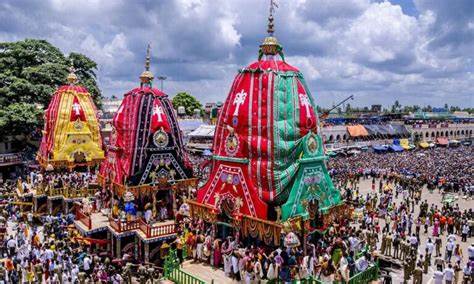Tripura has become a hub of cultural activity with the launch of its 10-day Tourism Festival, which began on December 3, 2024. The festival aims to promote the state’s rich cultural heritage, biodiversity, and unique historical landmarks, placing it firmly on the map as a premier tourist destination in northeastern India. Organized by the state tourism department, the event has drawn visitors and participants from across the country, eager to explore Tripura’s offerings.
A Cultural Extravaganza
The festival is a vibrant showcase of Tripura’s diverse culture, featuring performances by local artists representing various tribal communities. Traditional dances such as Hojagiri by the Reang tribe and Garia by other tribal groups have captivated audiences, offering a glimpse into the state’s unique traditions. Folk music performances and storytelling sessions have added depth to the cultural celebrations, reflecting Tripura’s rich oral history.
Food stalls serving local delicacies such as bamboo shoot pickles, wahan mosdeng (spicy pork), and moso kolai (black gram fritters) have been a major attraction. Visitors have enjoyed sampling these authentic flavors, which highlight the culinary diversity of the region.
Exhibiting Handloom and Handicrafts
One of the festival’s key features is the exhibition of handloom and handicrafts, which has offered artisans a platform to display their intricate creations. Products such as bamboo artifacts, handwoven shawls, and wooden sculptures have attracted significant interest from tourists and traders alike. The festival has provided local craftsmen with opportunities to connect with potential buyers and showcase their work to a broader audience, boosting the state’s economy.
Exploring Natural and Historical Landmarks
To complement the cultural activities, guided tours to some of Tripura’s iconic landmarks have been organized as part of the festival. Popular destinations include Neermahal, a stunning water palace located in Rudrasagar Lake, and Unakoti, a heritage site featuring ancient rock carvings of deities. The tours have allowed visitors to experience Tripura’s natural beauty and historical richness firsthand.
Special eco-tours have also been arranged, focusing on Tripura’s lush forests, waterfalls, and wildlife sanctuaries. These tours aim to raise awareness about the importance of conservation and sustainable tourism while offering an unforgettable experience of the state’s biodiversity.
Promoting Sustainable Tourism
The festival’s theme this year emphasizes sustainable tourism, encouraging practices that minimize environmental impact while benefiting local communities. Biodegradable materials are being used in stalls and decorations, and waste management systems have been implemented to ensure eco-friendly operations. Workshops and seminars on sustainable tourism practices have been organized, with participation from environmentalists, policymakers, and industry experts.
Boosting the Local Economy
The festival has proven to be a significant economic driver for Tripura, generating income for local businesses, artisans, and service providers. The influx of tourists has benefited hotels, restaurants, and transportation services, while the spotlight on local crafts and cuisine has created new market opportunities.
Additionally, the festival has helped position Tripura as a competitive player in India’s tourism sector. The government is optimistic that the event will attract long-term investments in infrastructure and tourism-related initiatives, further boosting the state’s economy.
Challenges and Future Prospects
While the festival has been largely successful, challenges such as limited infrastructure in remote areas and connectivity issues remain barriers to fully realizing Tripura’s tourism potential. Experts suggest that improving road networks, enhancing hospitality standards, and promoting the state more aggressively in domestic and international markets will be critical for sustained growth.
Looking ahead, the state government has announced plans to expand the festival in future editions, incorporating more interactive elements such as adventure sports, workshops on tribal crafts, and digital platforms for virtual participation. These initiatives aim to attract a more diverse audience and establish Tripura as a must-visit destination in India
The 10-day Tourism Festival has showcased the best of Tripura, celebrating its cultural, natural, and historical treasures. By combining traditional practices with modern sustainability initiatives, the festival has not only entertained but also educated visitors, leaving them with a deeper appreciation for the state’s heritage. As Tripura continues to evolve as a tourist hotspot, such festivals will play a vital role in shaping its identity on the global stage.




